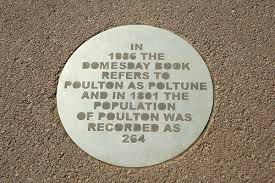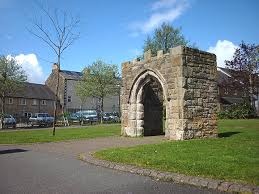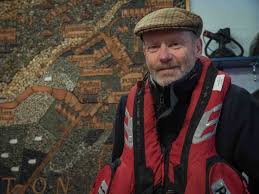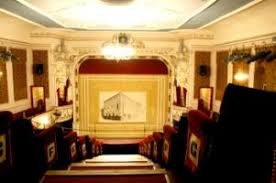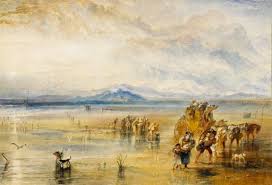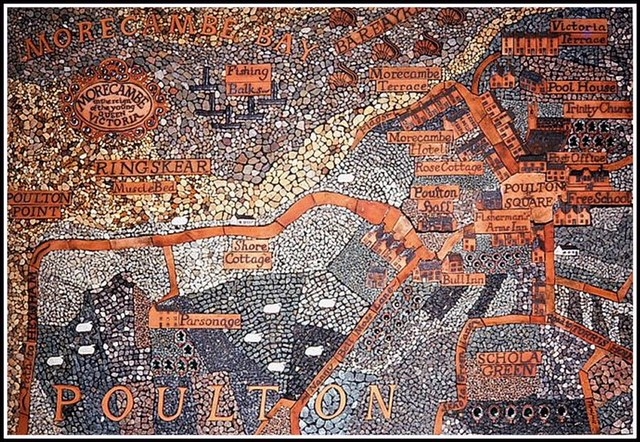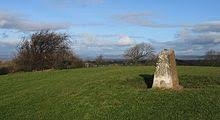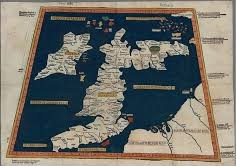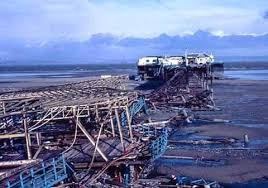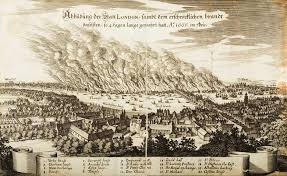
The flawless blue skies of the past week have been marred only by the smoke plumes from the moorland fires well to the south. Smoke from the fire on Saddleworth Moor appeared first on Wednesday as a smudge along the southern horizon only to be joined on Thursday by the nearer plume from Winter Hill. This rose in the south east and was carried westwards to form a background to the offshore wind farm across the bay.
In September 1666 the Great Fire of London followed hot on the heels of the Great Plague. The pall of smoke towered like ghostly sails over the city and was carried westwards by the wind some 50 miles. By night, the sky glowed blood red.
In 1698, Lancaster suffered its own Great Fire when at least 20 houses along Church Street were destroyed. Just as London had its diarists in the form of Samuel Pepys and John Evelyn to record events, so Lancaster had the Quaker merchant William Stout who recorded how the fire started at 9am on Monday 2nd February when a spark from some un-quenched ashes jumped into straw roof thatch. Dry weather and an easterly wind carrying further sparks meant a rapid spread from one wooden thatched building to the next until a more substantial stone-built, slated building brought the fire to a halt.
The fire kept to the northern side of Church Street. However the speed of spread was such that the 31 people caught up in the fire had time only to save themselves.
From a distance, the inhabitants of Poulton, Bare and Torrisholme might have seen and smelt the pall of smoke from the fire and possibly heard its crack and roar carried on the wind.
Their houses were though as much at risk as their Lancaster neighbours with the same construction of wooden frames and thatched roofs.
A few though were ahead of the game. Stone-built Park Farm in Poulton Square is Morecambe’s oldest dated building at 1685. Also in the running is Moss House Farm in Morecambe’s West End of 1697 on Regent Park Avenue, a house in Torrisholme Square from 1663 and a farmhouse on Thorpe Avenue from 1687. Several outlying farmhouses or halls also date from the 1690s/1700s and would have been at least in part made of fire resistant materials as would Poulton Hall back in the heart of Morecambe.
